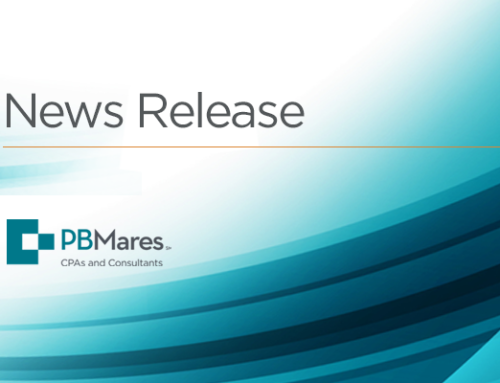In today’s digital age, nonprofit organizations face increasing risks associated with technology and data management. From cybersecurity threats to outdated IT infrastructure, these risks can jeopardize not only the privacy of sensitive client information but also the trust of donors, volunteers, and the broader community. Nonprofits must take proactive steps to address these challenges and safeguard their operations.
Cybersecurity Threats: Hacking, Data Breaches, and Ransomware
Nonprofits are not immune to the cybersecurity threats that plague for-profit businesses. In fact, their often limited resources make them attractive targets for hackers. Cyberattacks, including data breaches and ransomware, can disrupt operations, compromise sensitive information, and cause irreparable damage to an organization’s reputation.
Hacking and Data Breaches: Unauthorized access to an organization’s systems can lead to the theft of sensitive data such as client information, financial records, and donor lists. Hackers may exploit vulnerabilities in an organization’s network, taking advantage of weak passwords, outdated software, or poor security protocols.
Ransomware: A particularly destructive type of malware, ransomware locks users out of their systems or encrypts critical data, demanding payment for its release. For a nonprofit, this can mean being unable to access vital client or operational information, potentially paralyzing essential services.
How to Mitigate Cybersecurity Threats:
- Implement strong, regularly updated passwords and two-factor authentication for all systems.
- Keep all software and hardware up-to-date with the latest security patches.
- Train staff and volunteers on cybersecurity best practices, such as identifying phishing attempts and handling sensitive data securely.
- Consider investing in cybersecurity insurance as an added layer of protection.
Outdated Technology or Lack of IT Infrastructure
Many nonprofits operate with limited budgets, which can result in outdated technology and underdeveloped IT infrastructure. This not only hampers efficiency but also increases vulnerability to cyberattacks. Legacy systems are often unsupported by modern security updates, leaving them susceptible to exploitation.
The Risks of Outdated Technology: Systems that are no longer supported by their developers may have unpatched security holes. If nonprofits are using such systems, they risk exposing their data to unauthorized access. Additionally, the lack of integration between older systems can lead to data silos, inefficiencies, and errors in reporting.
Lack of IT Infrastructure: Without proper IT infrastructure, nonprofits may lack the tools to properly manage and safeguard their data. Inadequate infrastructure can also slow down operations, making it difficult to scale services or respond quickly to emergencies.
How to Address IT Infrastructure Challenges:
- Conduct an audit of current technology to identify outdated systems that need upgrading or replacement.
- Explore grants, partnerships, or discounted services through technology vendors aimed at supporting nonprofits.
- Consider moving to cloud-based systems, which can offer greater security, flexibility, and cost savings over maintaining physical servers.
- Prioritize budget allocations toward IT and cybersecurity improvements, as these investments protect not only data but also the future sustainability of the organization.
Inadequate Data Privacy Protections
Many nonprofits handle highly sensitive information, including client personal details, medical histories, financial data, and more. Without strong data privacy protections, organizations risk violating privacy laws and damaging client trust. The consequences of inadequate data privacy measures can be severe, ranging from financial penalties to reputational harm.
The Importance of Data Privacy: As organizations that often serve vulnerable populations, nonprofits must be especially vigilant in protecting client information. Failing to secure personal data can lead to identity theft, fraud, and a loss of confidence in the organization’s ability to provide care or services.
Data Privacy Regulations: Depending on the location and the type of data being handled, nonprofits may be subject to various regulations, such as the General Data Protection Regulation (GDPR) in Europe or the Health Insurance Portability and Accountability Act (HIPAA) in the United States.
How to Strengthen Data Privacy:
- Establish clear data privacy policies and procedures that comply with relevant laws and regulations.
- Limit access to sensitive data based on roles, ensuring only authorized personnel can view or handle client information.
- Regularly train employees and volunteers on data privacy best practices and the importance of confidentiality.
- Encrypt sensitive data both in transit and at rest to protect it from unauthorized access.
Conclusion
While nonprofits face unique challenges when it comes to technology and data risks, they can mitigate these risks by adopting proactive strategies. Investing in modern technology, strengthening cybersecurity protocols, and prioritizing data privacy are essential steps toward protecting both the organization and the individuals they serve. By taking these steps, nonprofits can continue to fulfill their missions while safeguarding their operations in an increasingly digital world.





